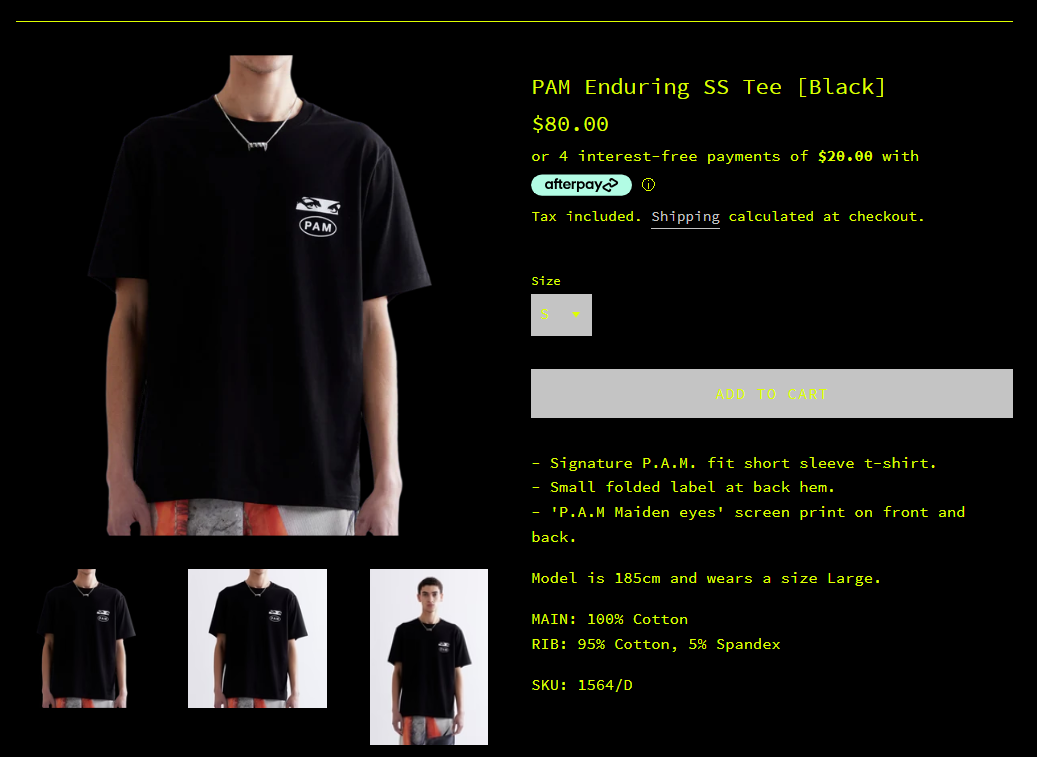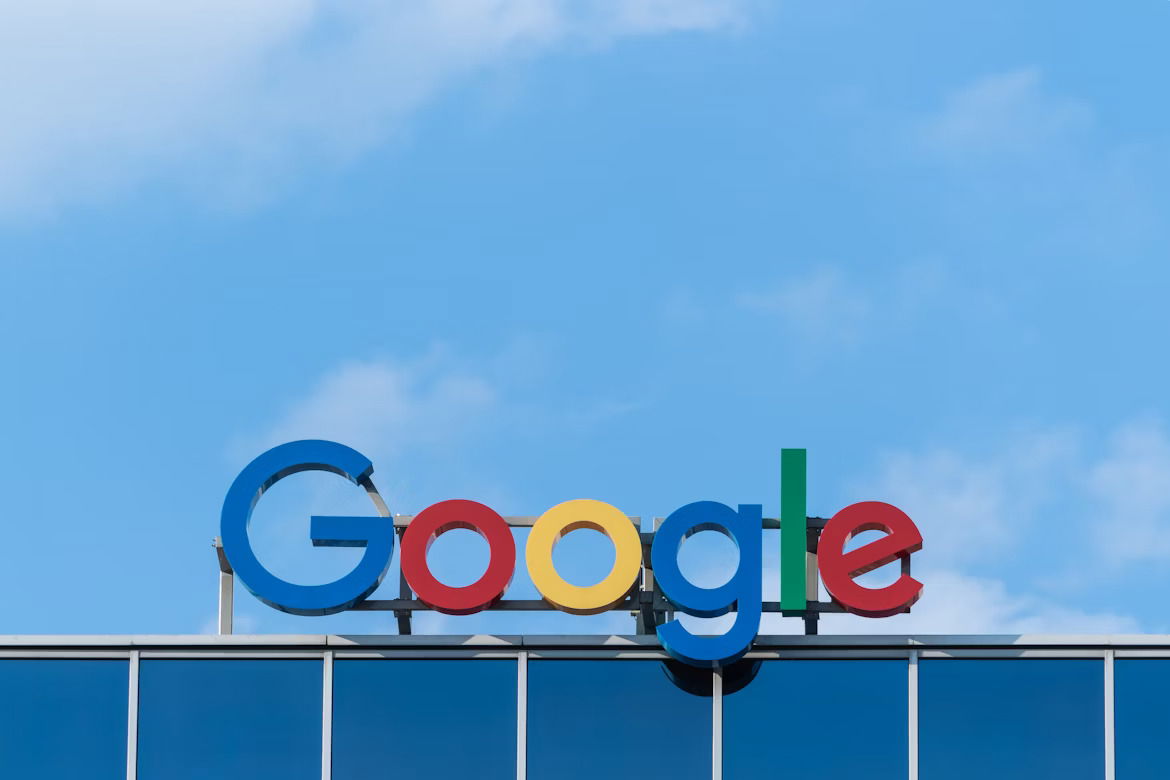In the world of eCommerce, getting someone to your website is only the first step. Getting them to convert is what matters most.
Brands are constantly driving traffic through paid ads, SEO, and influencer content, but too often, they lose customers at the final hurdle: the checkout. This is where most of the friction lives, and where many businesses miss the opportunity to truly optimise.
So, why are customers bailing just before they buy? And what can you do to fix it?
Understanding the Purchase Journey and Cart Abandonment
Before diving into the numbers and strategies, it’s important to clarify two terms that underpin this entire conversation: purchase journey and cart abandonment.
A purchase journey refers to the full path a customer takes, from first discovering a brand to completing a purchase. This includes all stages of engagement, like viewing a product on social media, browsing reviews, adding items to a cart, and checking out. Each stage is a chance to either encourage or lose a sale.
Cart abandonment, on the other hand, happens when a customer adds products to their cart but leaves the site before completing their purchase. This is especially common in online retail, with global rates suggesting the majority of carts never convert. While some drop-off is inevitable, there are strategies you can implement to help more customers follow through and lift your overall conversion rate.
The Modern Purchase Journey Is Shorter and Smarter
Today’s consumers expect immediacy. Whether they’re scrolling TikTok, browsing Instagram, or clicking through Google results, convenience is now baked into the decision-making process. A purchase journey that once involved multiple product comparisons and several website visits can now wrap up in just a few minutes.
That’s why more brands are streamlining the path to purchase across every channel, from social platforms using Instagram Shops or TikTok Checkout, to organic search via Google Shopping listings or even direct visits driven by brand recall. No matter how a user arrives, reducing steps leads to reduced drop-off.
If you’re still relying on a five-step checkout with mandatory account creation, you’re introducing unnecessary friction. Simplifying the purchase journey isn’t just a UX goal anymore, it’s a strategic priority for converting attention into action.
What the Numbers Say About Cart Abandonment
Cart abandonment isn’t just common, it’s the industry norm. According to Baymard Institute, the average cart abandonment rate sits at 70.19% across all devices. That’s a significant portion of potential revenue lost before checkout.
But when you break it down by device, the gap widens as shown in this data from Shopify:
|
Device |
Abandonment Rate |
|
Desktop |
73% |
|
Mobile |
85% |
|
Tablet |
80% |
Mobile continues to be the leakiest point in the funnel. Whether it’s slower load times, fiddly checkouts or simply more casual browsing, mobile shoppers are the most likely to exit before completing a purchase.
For ecommerce businesses, where mobile usage continues to rise, these stats highlight a clear optimisation opportunity. Simplified mobile checkouts, faster page speeds, and mobile-first UX can go a long way in closing the conversion gap.

Why Do Shoppers Abandon Carts?
Not all abandoned carts mean lost interest. Many are the result of friction in the checkout process. These are the most common reasons customers exit before completing a purchase:
- Unexpected shipping costs or hidden fees
- Forced account creation
- Limited or unclear payment options
- Poor mobile user experience
- Concerns about payment security
One area that’s often overlooked is clarity around payment options. Customers are far more likely to convert when they know upfront that they can use services like PayPal, Afterpay, or Apple Pay. Displaying these options clearly, even before they reach the checkout, builds trust and reduces hesitation.
That’s also why more businesses are adopting tools like Shop Pay. By securely storing customer details, these solutions let returning shoppers check out in just a few taps. On mobile, that reduction in friction can be the difference between an abandoned cart and a completed purchase.

Reducing Cart Abandonment: What Actually Works
While cart abandonment is a common hurdle, there are clear, research-backed ways to close the gap between intent and purchase. From simplifying the checkout process to building trust through transparent communication, every small improvement can make a measurable difference to your conversion rate.
Tactics like reducing form fields, optimising mobile load speed, offering guest checkout, and using behavioural email reminders are just a few strategies that help bring customers back and push them over the line.
For businesses serious about turning more browsers into buyers, focusing on the experience after ‘add to cart’ is just as important as what happens before it.
Simplify Checkout
Keep your checkout flow short, clean, and low-pressure. That means:
- Removing unnecessary form fields
- Offering guest checkout and express payment options
- Streamlining into a one-page checkout where possible
Optimise for Mobile First
With the majority of browsing (and increasingly, purchasing) happening on mobile, your mobile UX needs to work hard. Focus on:
- Keeping calls to action visible at all times
- Ensuring fast loading and no layout shifts
- Reducing clutter and making forms intuitive
Use Smart (and Respectful) Recovery Flows
Abandoned cart recovery emails, when done well, are still one of the most effective ways to bring back potential customers. But the key lies in timing, tone, and relevance, not pressure.
The best recovery flows:
- Send a personalised reminder within the first hour (think ‘You Left Something Behind’)
- Include the customer’s saved cart items with a clear call to action
- Use incentives like discounts strategically, not automatically
- Space out follow-ups to avoid sounding aggressive or spammy
You can also build cart recovery into your broader retargeting strategy using SMS or paid ads. Just like email, these should feel helpful, not pushy, a gentle reminder rather than a hard sell.
Success here isn’t about how many messages you send. It’s about sending the right message at the right time.
Mapping the Journey, Not Just the Drop-Off
Solving cart abandonment isn’t just about fixing what happens at checkout. Often, the real issue starts earlier. A user might lose interest on the product page, get distracted before starting checkout, or drop off when the experience doesn’t work well on mobile.
That’s why it’s important to map the full purchase journey, not just the end point. Looking at user behaviour across key stages helps surface where friction is happening, and where changes could have the biggest impact.
Here are some of the core touchpoints to monitor:
|
Funnel Stage |
What to Watch |
|
Product Page |
Bounce Rate, Scroll Depth |
|
Add to Cart |
Add-to-Cart Rate, Exit Rate |
|
Begin Checkout |
Initiation Rate, Device Type |
|
Completion |
Conversion Rate, Average Order Value |
Tools like GA4 or Shopify’s analytics can help visualise how users are moving through your site. Tracking behaviour at these stages can often highlight patterns you might miss, like lower checkout starts on mobile, or high exits from product pages missing key information.
Rather than relying on assumptions, mapping gives you a clearer picture of where to focus your efforts.

It’s Not Just About Recovery. It’s About Prevention
Retargeting and cart recovery flows are useful tools, but ideally, you don’t want to rely on them. The more seamless the experience, the fewer customers will drop off in the first place.
That’s where small, strategic changes can not just help conversion, but can remove friction before it ever becomes a problem.
Some practical principles to keep in mind:
- Make payment methods visible and flexible (before checkout if possible)
- Don’t require account creation to complete a purchase
- Be upfront about shipping costs and timelines
- Design mobile-first, not just mobile-friendly
- Keep the path to conversion simple and distraction-free
These aren’t groundbreaking tactics, but they’re often overlooked. Fixing them is one of the simplest ways to improve performance without driving more traffic.
Build for the Buyer, Not the Brand
Too many purchase journeys are built around internal processes or brand ideals, not actual buyer needs. That’s often where abandonment begins. The brands seeing stronger performance are those designing for real behaviour: they reduce friction, surface trust signals at the right moments, and remove blockers before they interrupt intent. That doesn’t mean your branding needs to take a back seat, but it does require a practical lens. Customers won’t convert if the experience doesn’t make sense, no matter how strong your creative is.
It’s absolutely possible to meet both your brand’s goals and the needs of your audience. The best eCommerce experiences do exactly that. It’s not about reinventing the wheel, it’s about clearing the path and making it easier for people to do what they already want to do. When you build around the buyer, conversions follow.
Looking to make your checkout smarter, shorter, and more conversion-ready? Here at nimbl, we can help. Let’s turn those “almost sales” into actual ones.






